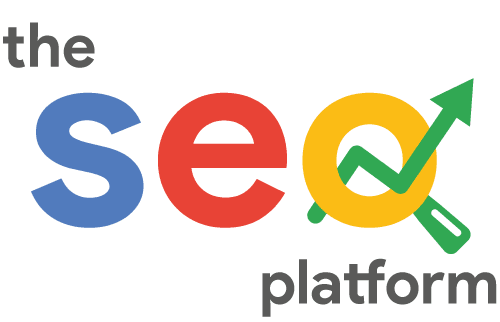How to Plan PPC Campaign



PPC (Pay Per Click) is essentially an online marketing model which allows for advertisers to display advertisements on search engines; they pay a certain fee each time their ad is clicked upon. Search engine advertising is perhaps one of the most popular forms of PPC whereby advertisers bid for a place on a search engine’s sponsored links when a user searches for a keyword which is linked to the business’ product offering. Strategic and well thought out PPC campaigns have the ability to drive forth traffic, leads and customers for the business whose products are available on offer. Therefore, this post focuses upon the key aspects to keep in mind when planning an effective PPC campaign.
Step 1: Customer Research and Keywords
Prior to delving into launching a PPC campaign, you need to be aware of what your customers are looking and searching for. Be sure to draw from available customer data and draw forth potential keywords which they might use to search for your product offering.
Step 2: Validate Keywords
Once you have your initial set of keywords, validate them via Google AdWords Keyword Planner to gage search volume data trends and cost per click data; it further provides keyword suggestions to help you utilise the most effective ones.
Step 3: Organize Keywords
Organise your chosen keywords into targeted groups of keywords which are interlinked with one another, keeping in mind the potential usage of both broad keywords and long tail terms. Also, be on the lookout for negative keywords which may attract the wrong audience and lead to a higher bounce rate as result of it.
Step 4: Refer to Your Budget
In order to narrow down your choice of keywords, be sure to refer to your set budget since you would want to avoid overspending on this advertising medium; refer to your estimated profit margins (from advertising) for this.
Step 5: Targeted Ad Copy
Now comes the time to target the text of the ad as closely to your target audience as possible; the audience and keyword research carried out in Step 1 will aid you in understanding the thinking of your customer in order for you to create an ad copy which will more effectively convert your audience into your customers. The key components include the headline, description lines and display URL.
Step 6: Call to Action
When developing a call to action, utilise words which have proven to be the most popular when it comes to Call to Action text including, get, buy, shop, try, learn, build, sign up, discover and click. The correct utilisation of the right call to action words can enhance your conversions, provided they are relevant to your available offering.
Step 7: Compelling Landing Page and Conversion
The traffic from your PPC will be directed to your desired landing page which is the most relevant to the user in terms of interest and requirement. The coherency between your advertisement and the designated landing page will create a seamless experience which is more likely to lead to the conversion of the user into a customer whilst at the same time improving the ad quality score to reduce your overall cost per click.






